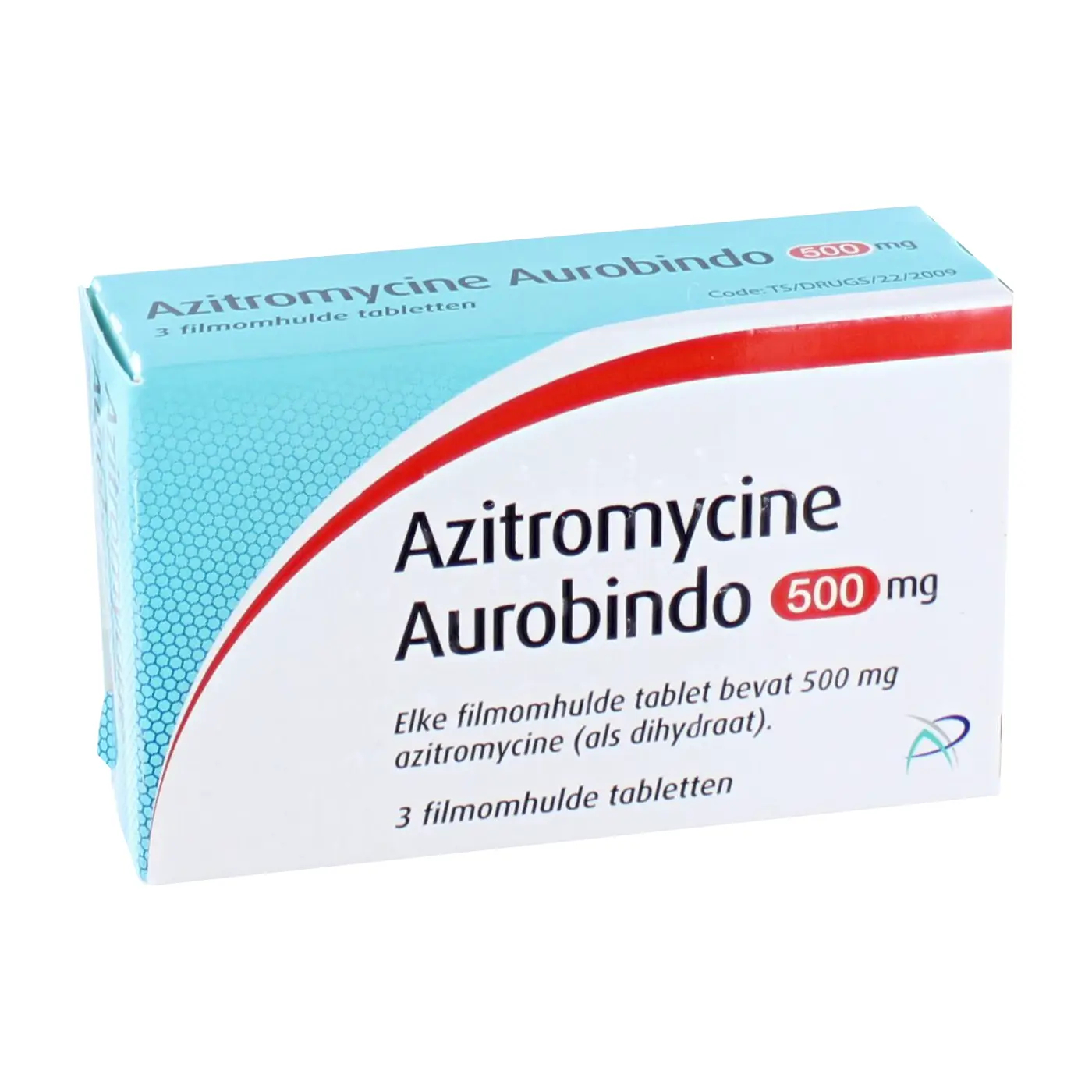Why Choose Azithromycin?
Convenient Dosing: Azithromycin's short-course treatment is a major advantage, often requiring only 3-5 days of medication.
Broad Spectrum Activity: Azithromycin is effective against a wide range of bacteria, making it suitable for various infections.
Long Half-Life: Azithromycin's long half-life means less frequent dosing, improving patient compliance.
Reduced Side Effects: Compared to some other antibiotics, azithromycin is generally well-tolerated with fewer side effects.
Effective Against Resistant Bacteria: Azithromycin can be effective against bacteria that are resistant to other antibiotics.
Always follow your doctor’s instructions for the best results and safety.


